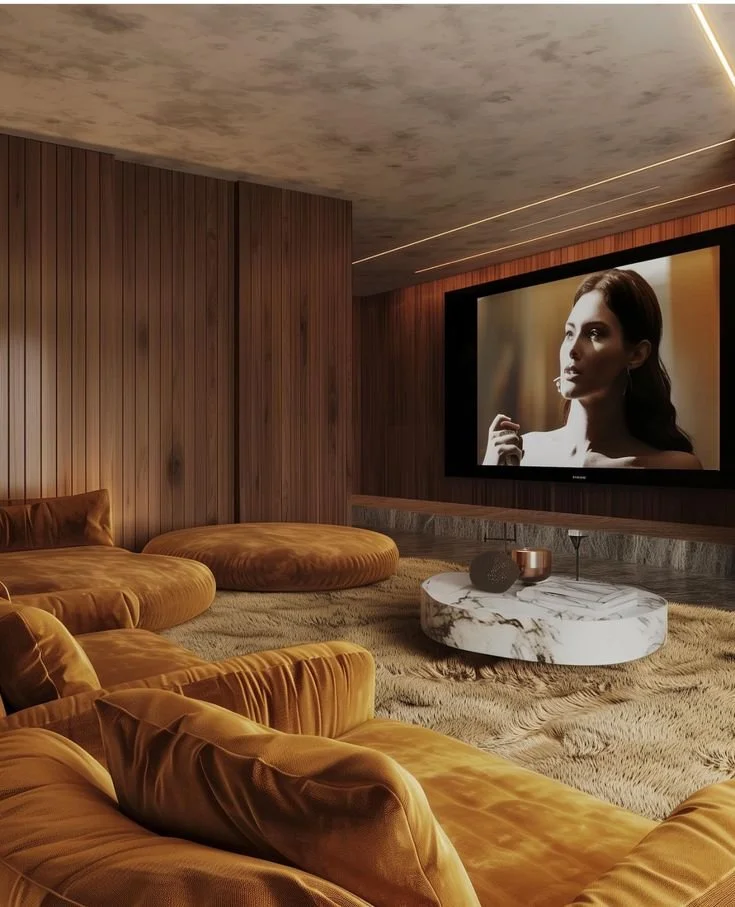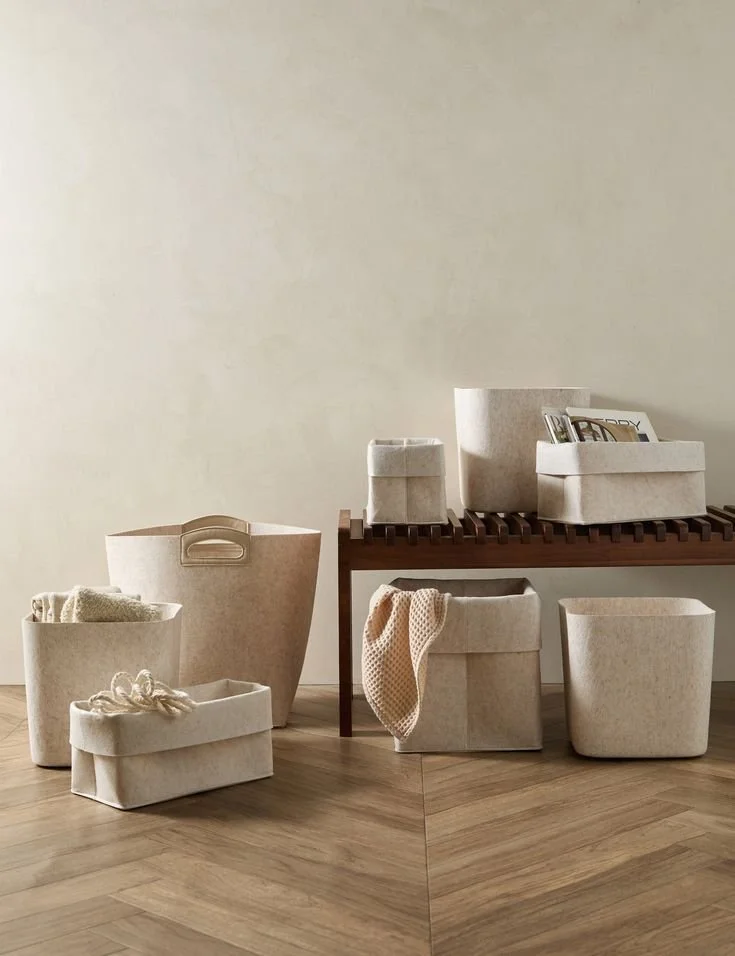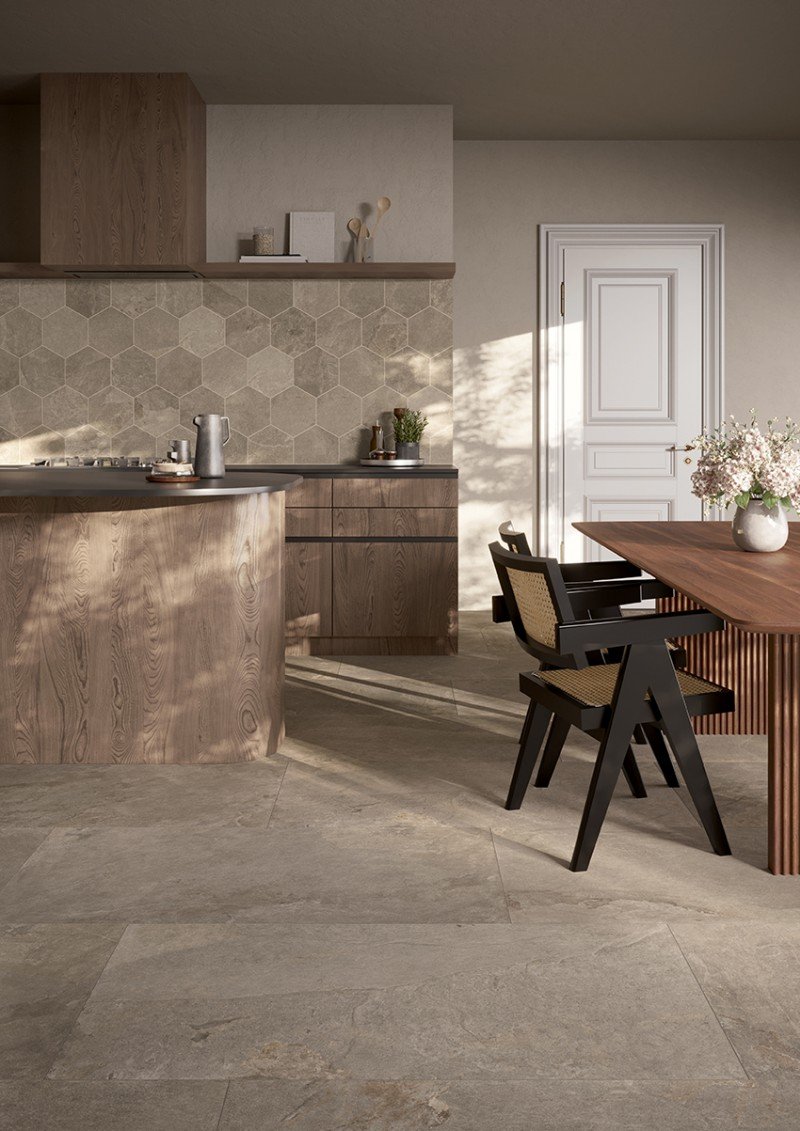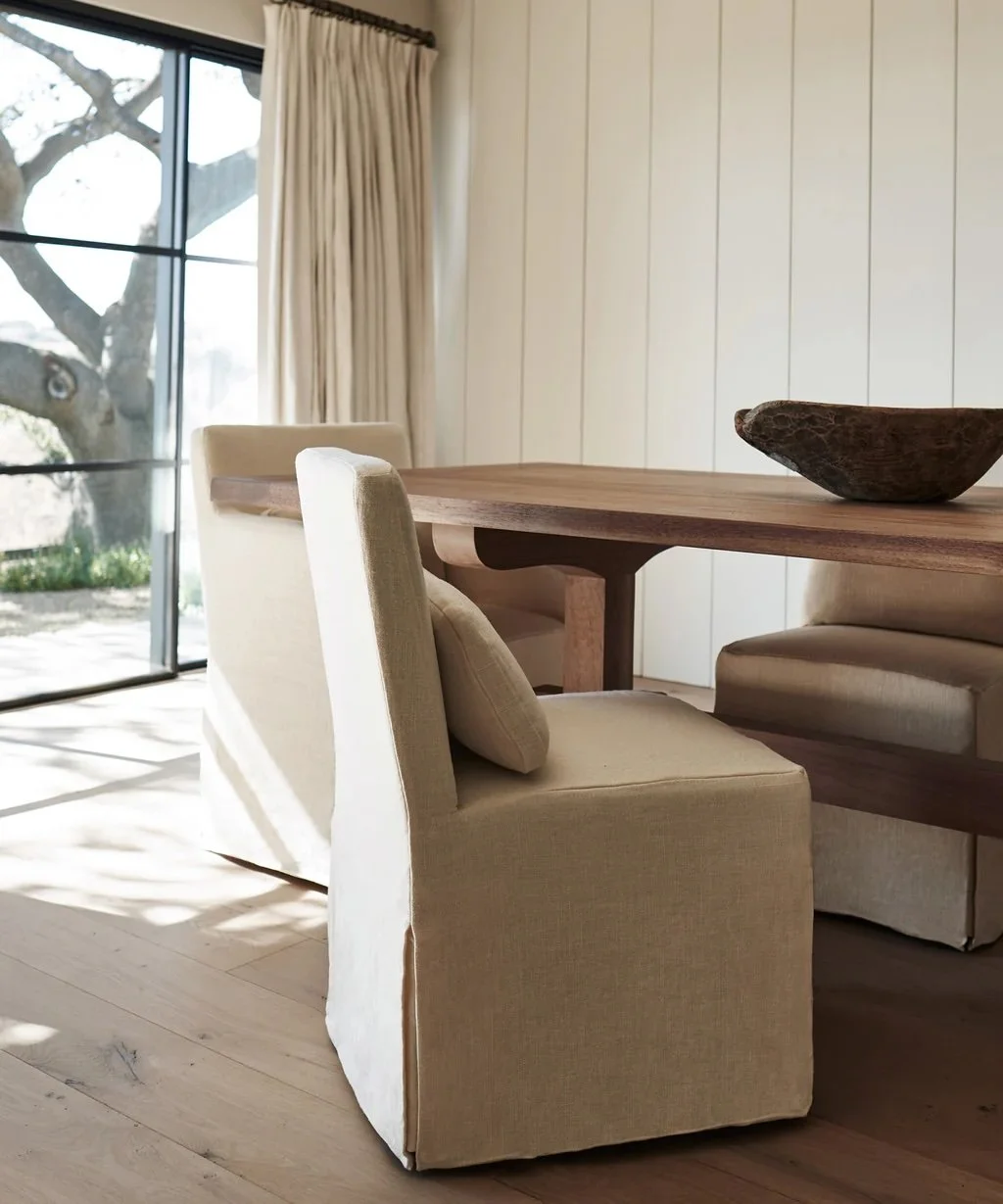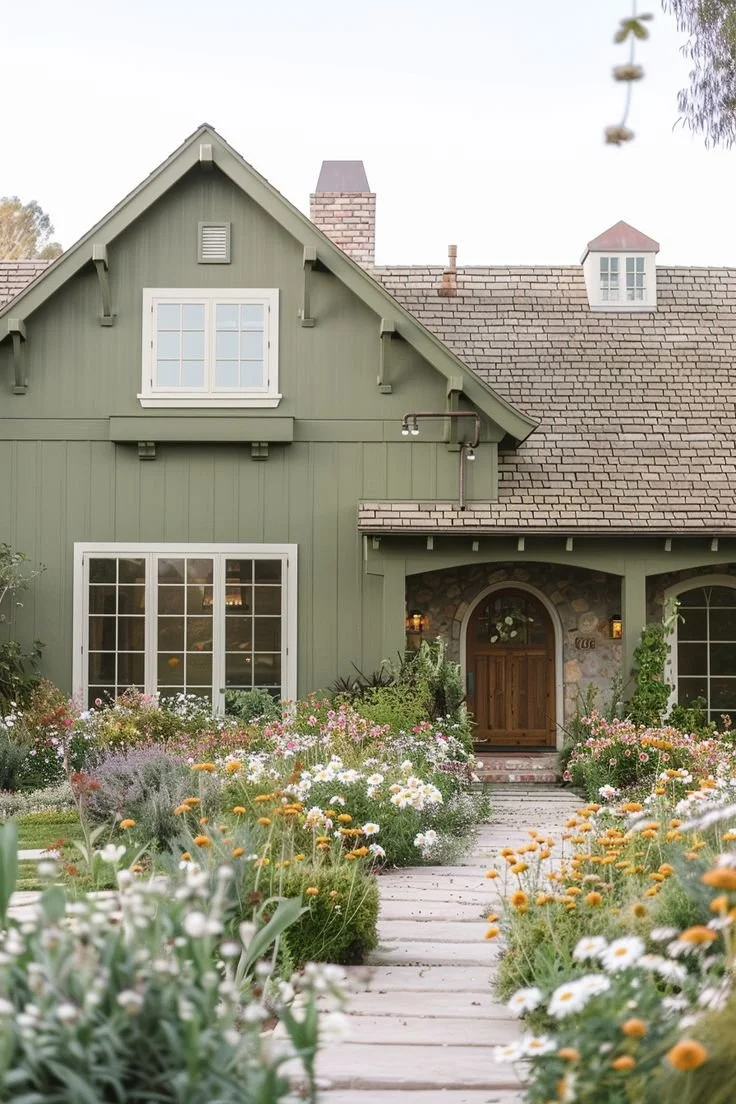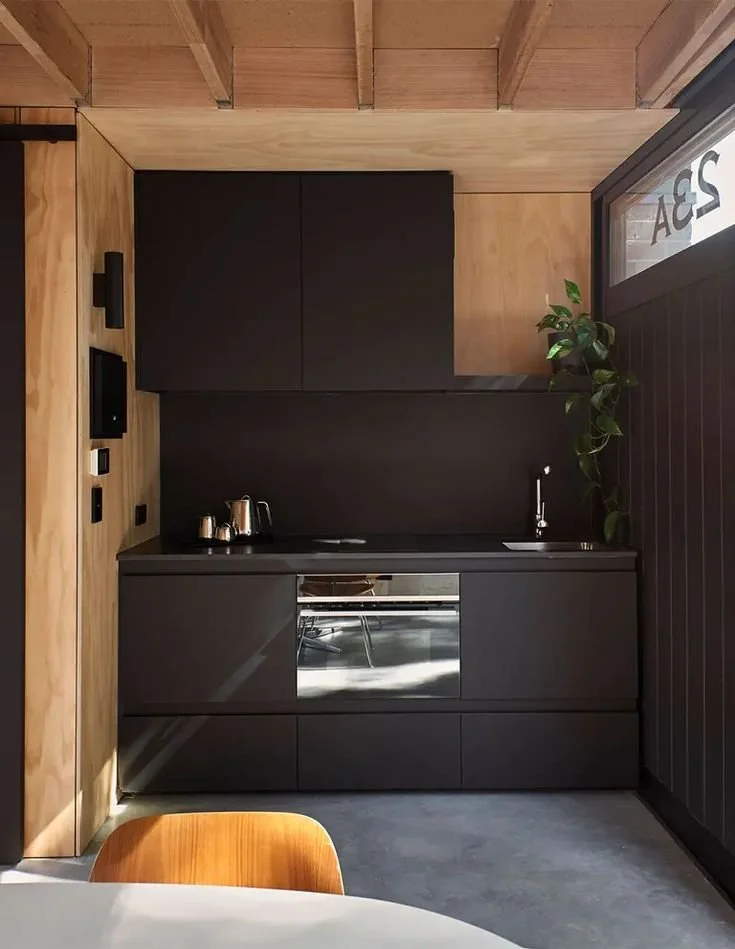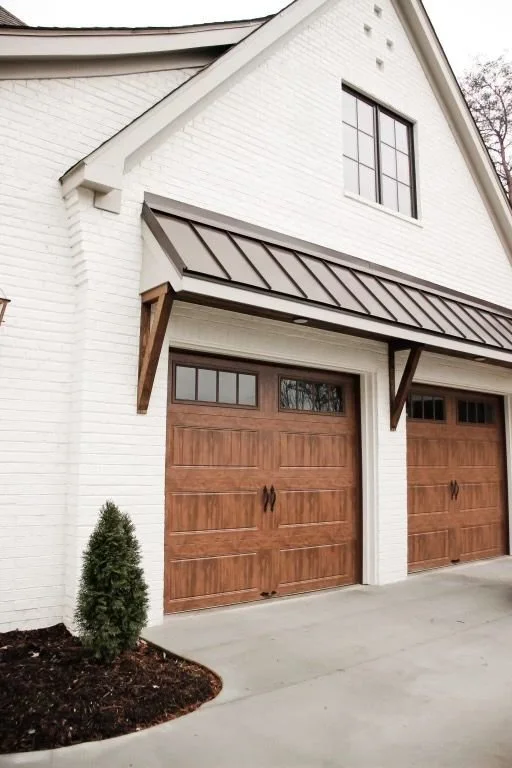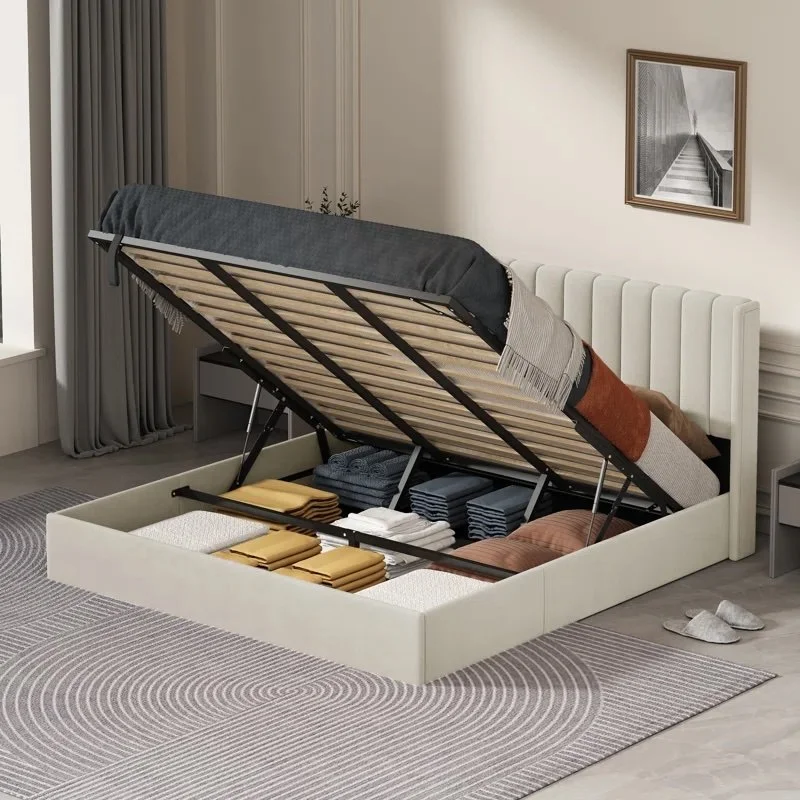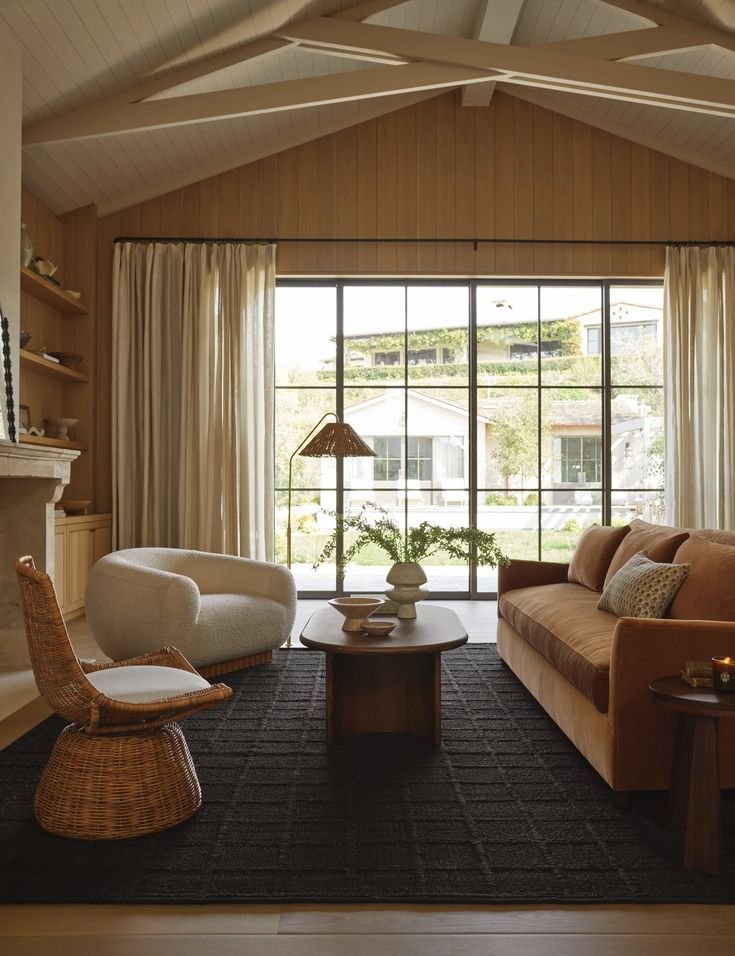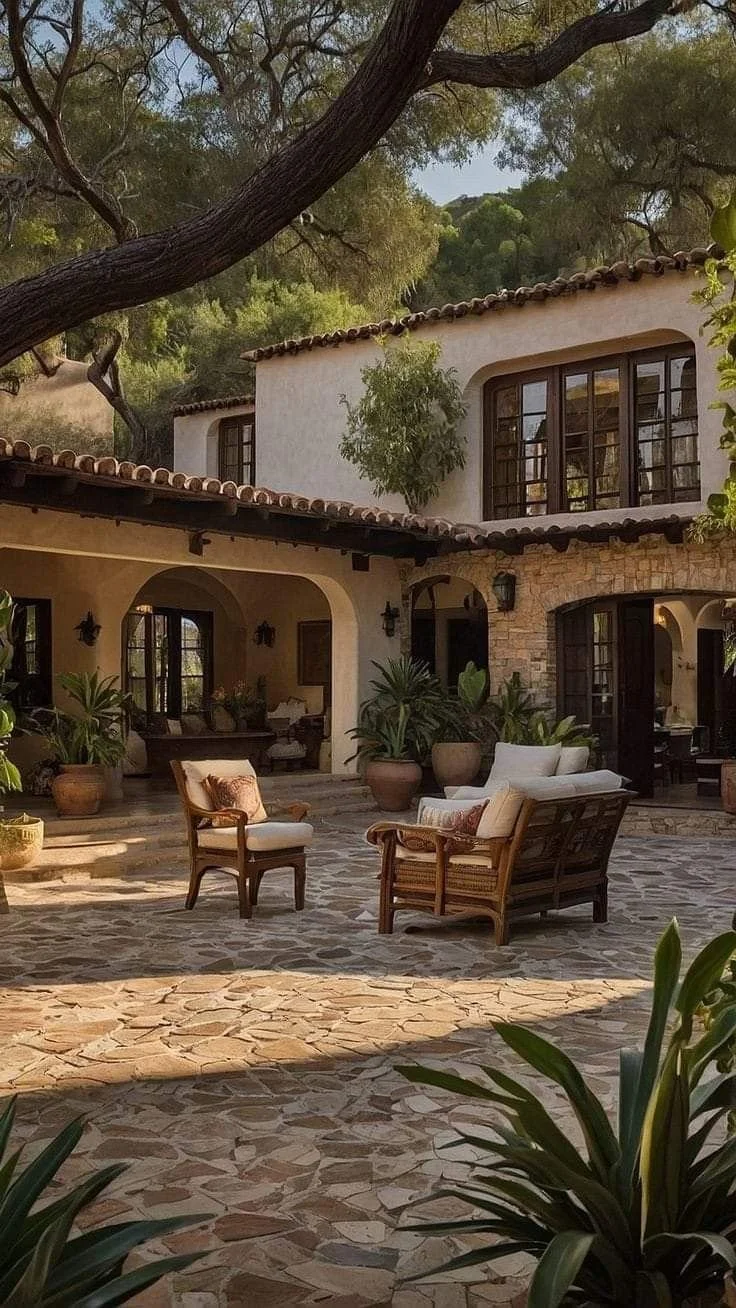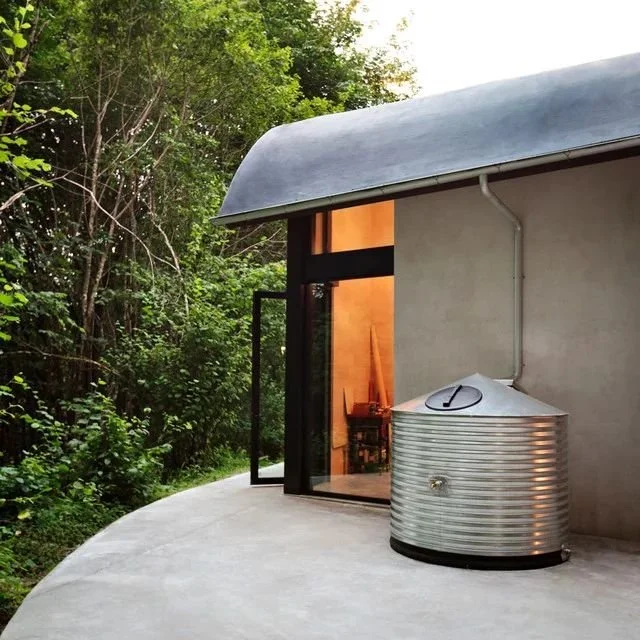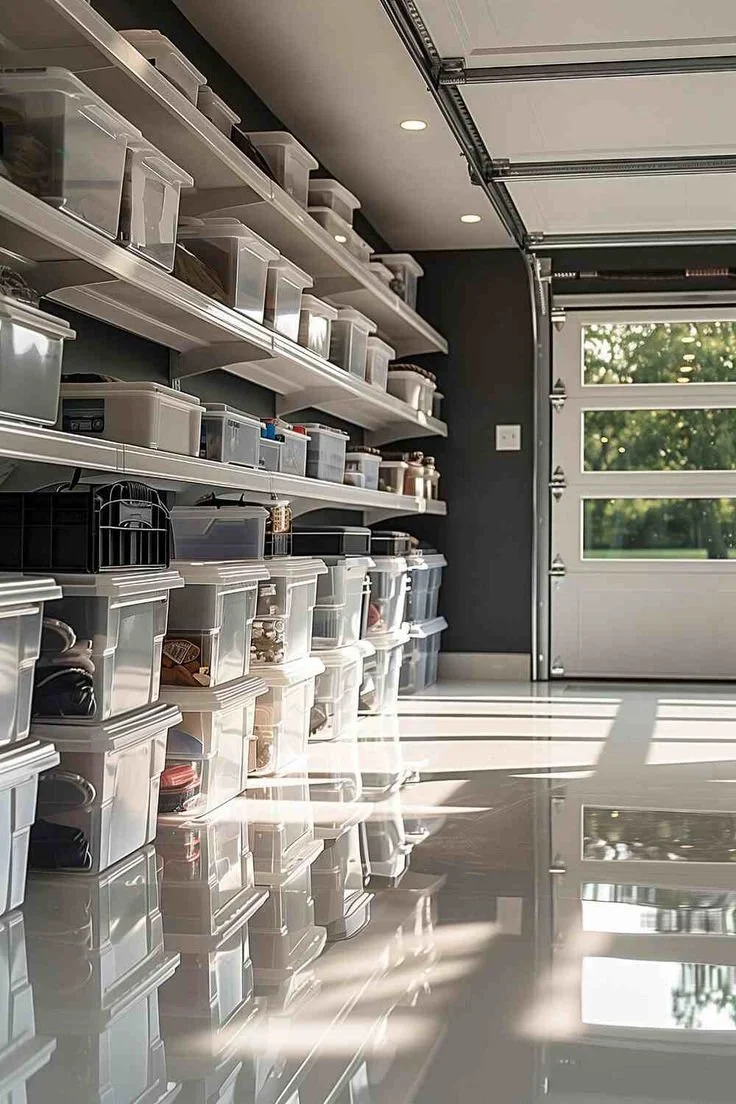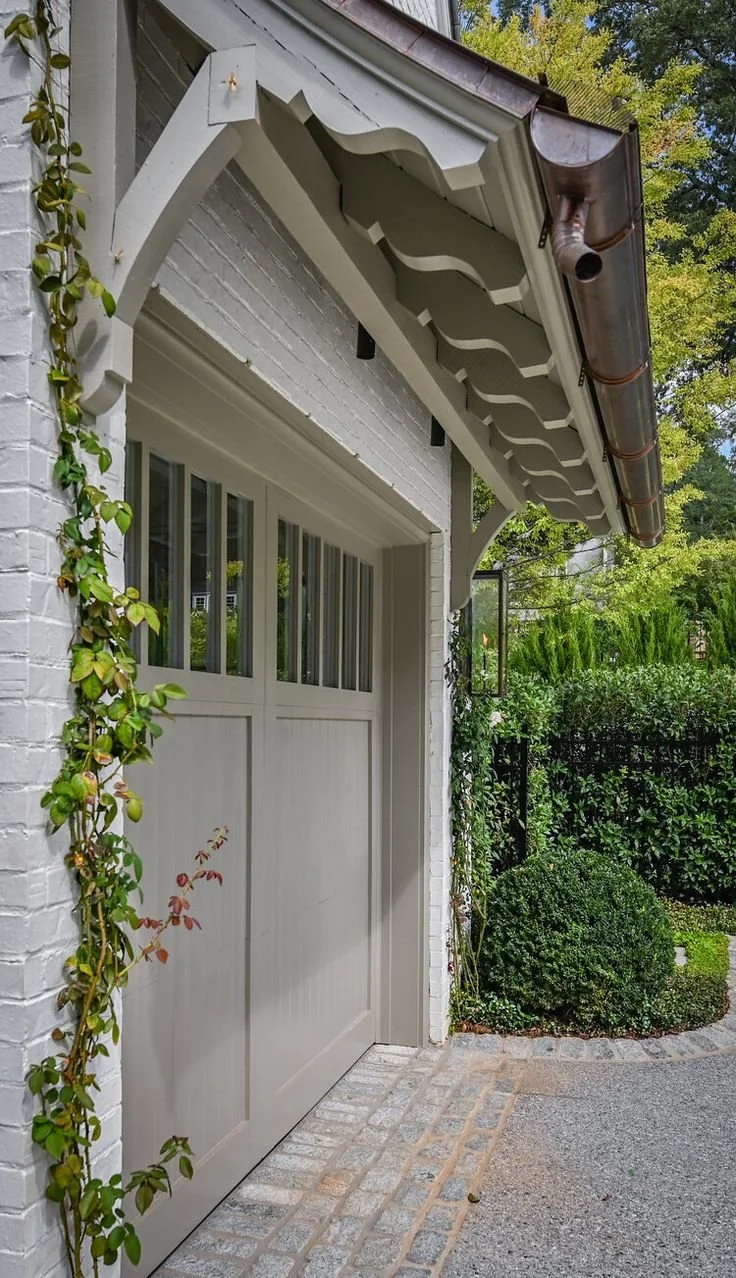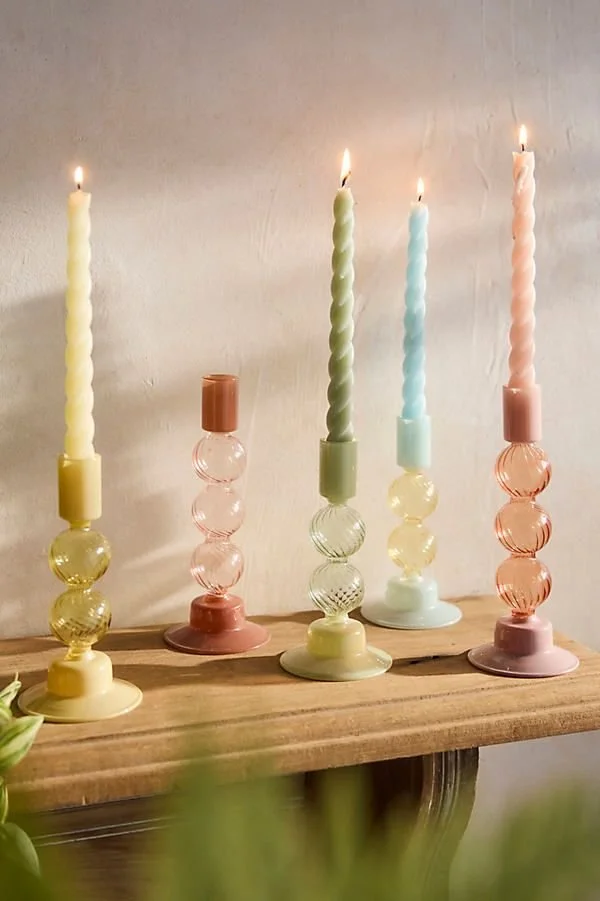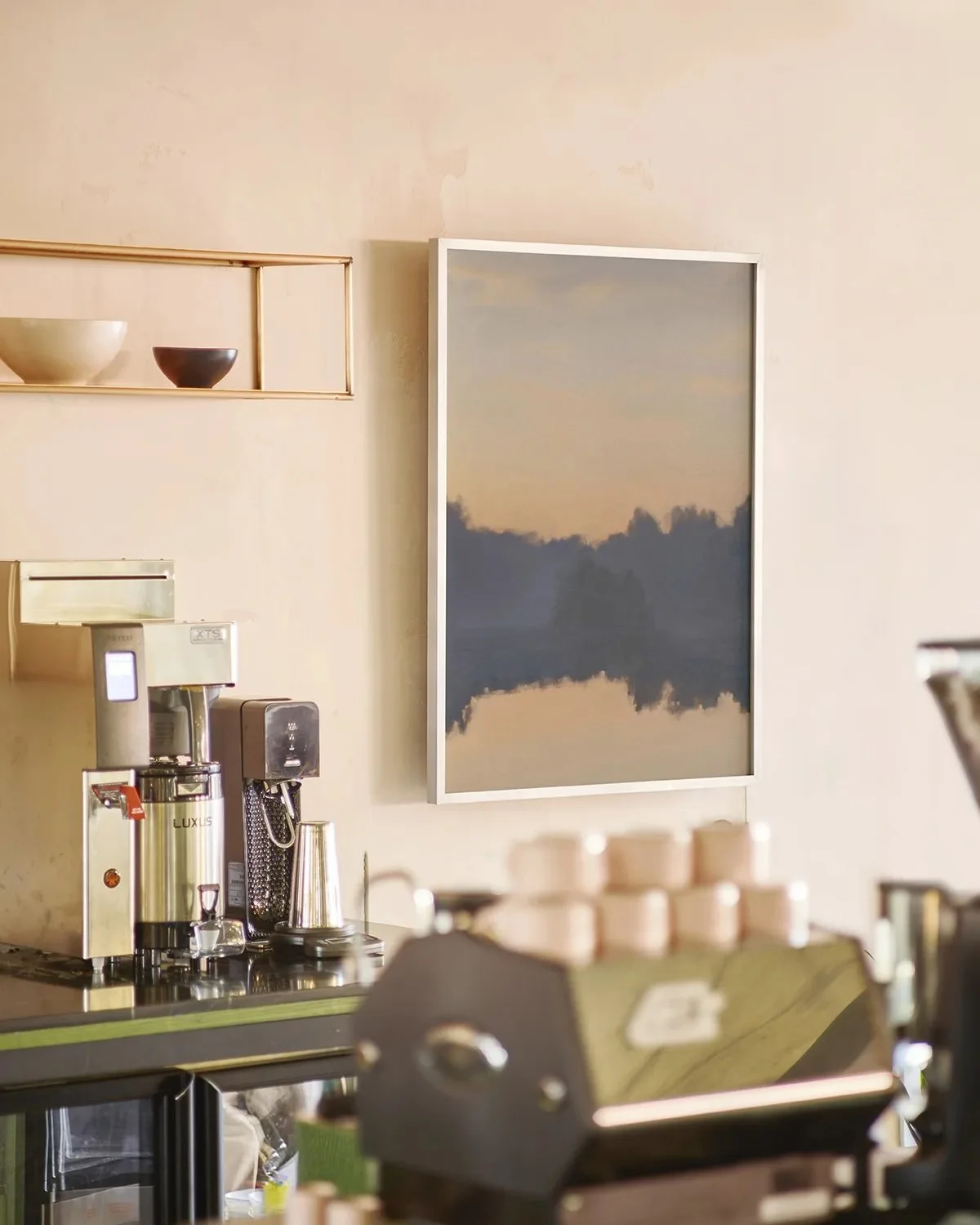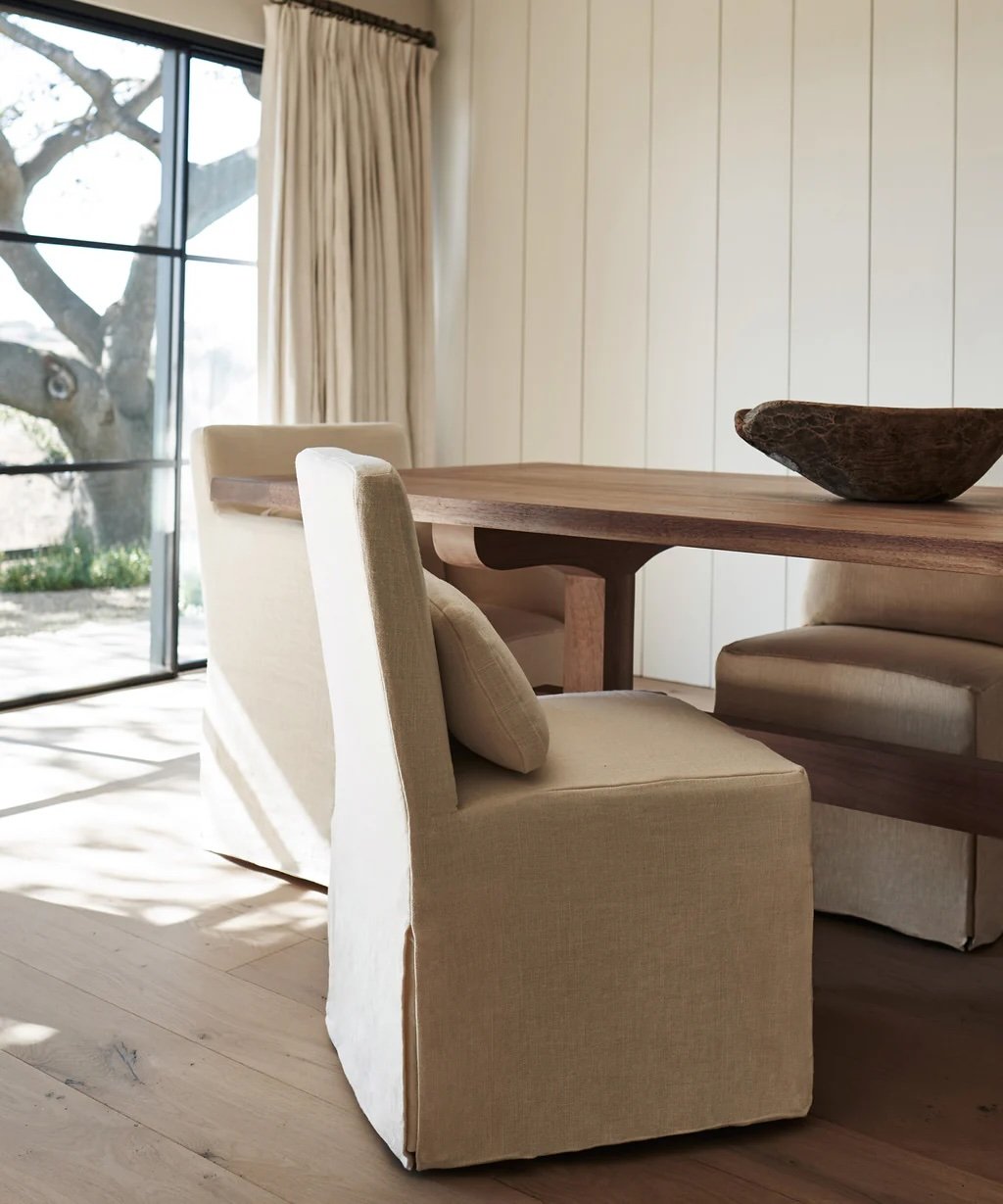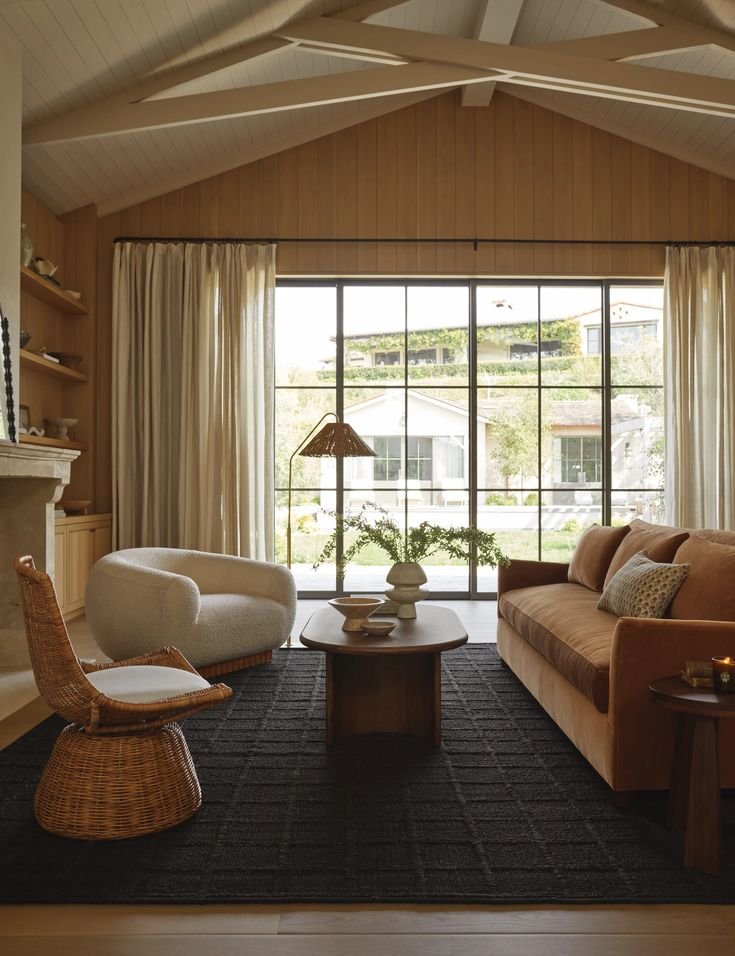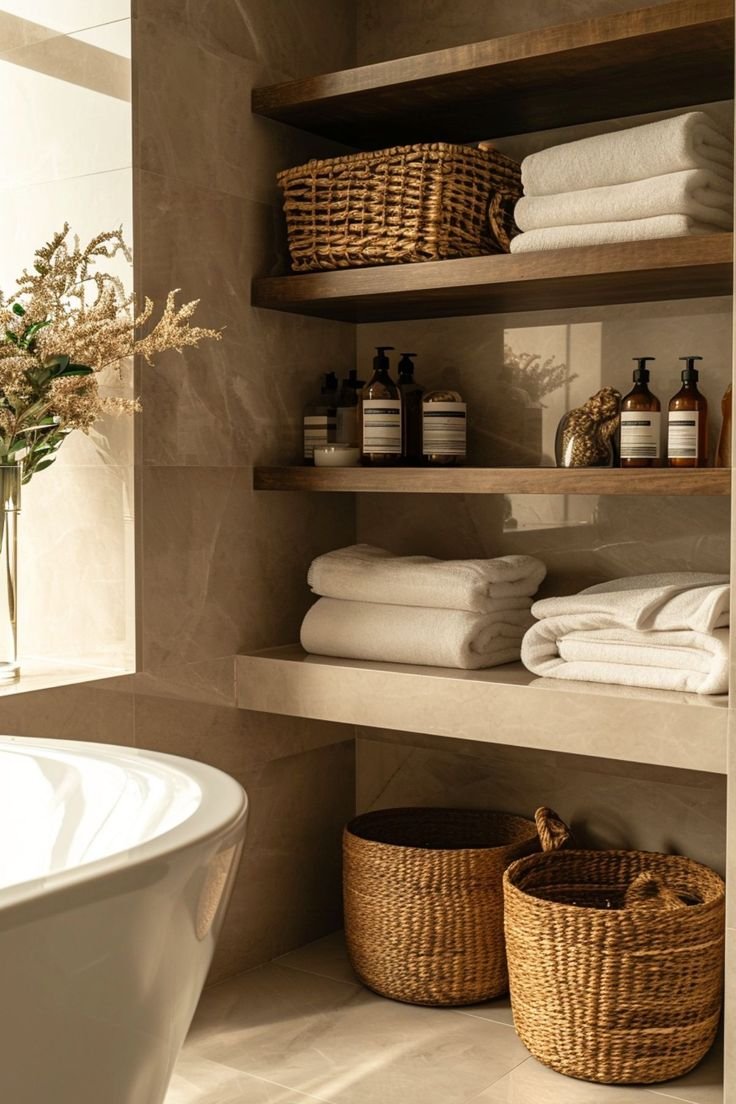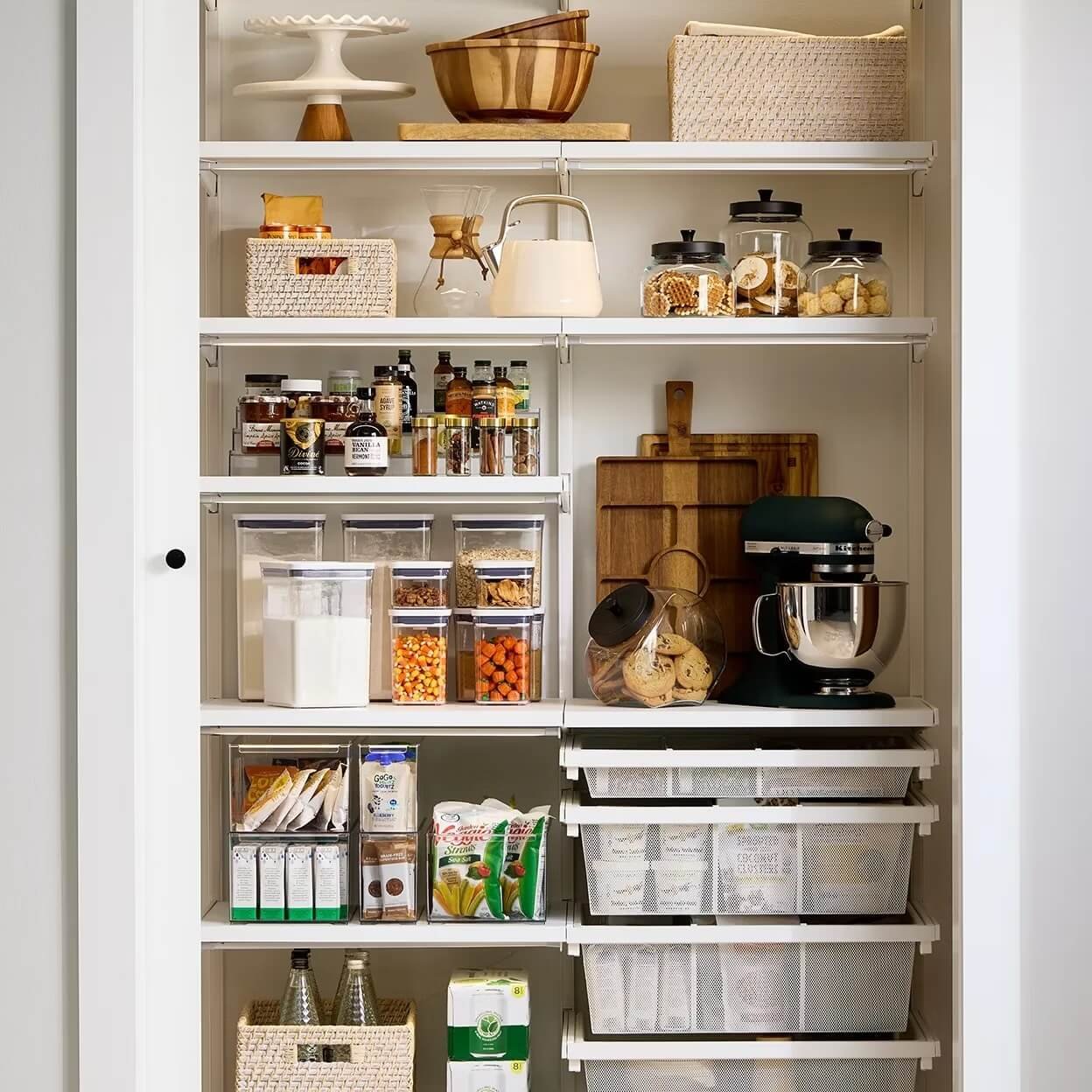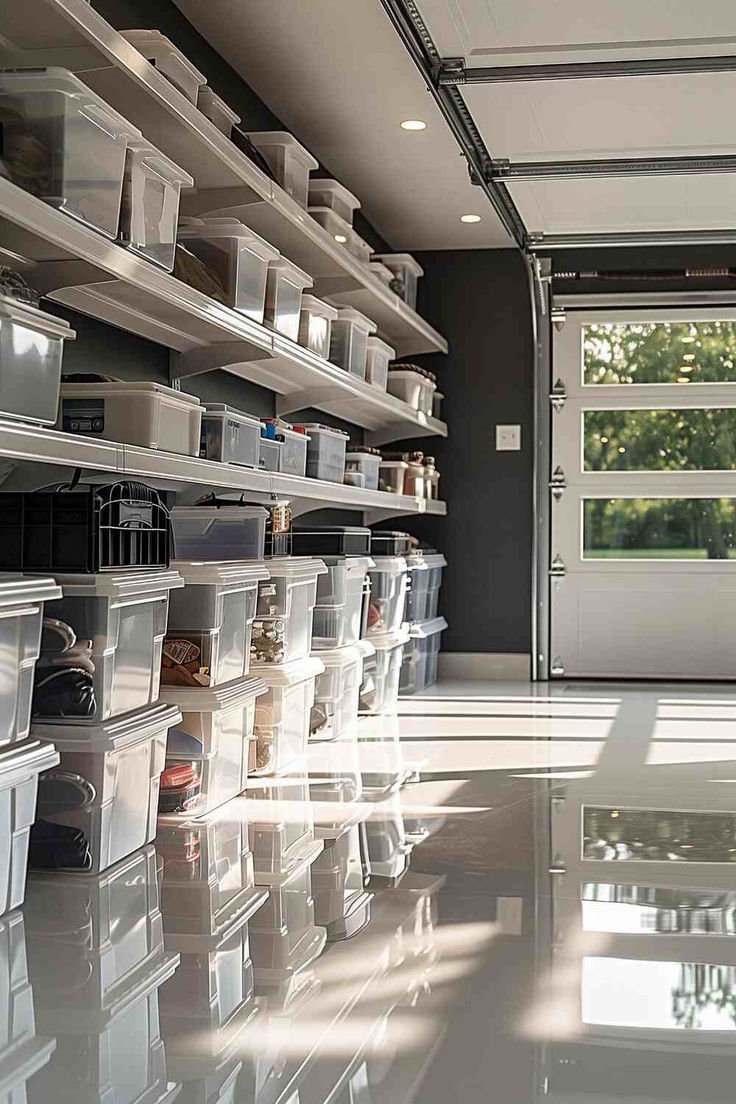Your living room lighting plays an integral role in the overall ambiance and aesthetics of your space. However, choosing and installing the right types can be challenging without professional help.
With the help of a local electrician, you are guided through various lighting options suitable for your living room. They keep in mind your aesthetic preferences, functionality, and safety concerns.
Trusting a local electrician ensures a bright yet cozy living room ambiance. For more information, visit them at: https://www.thelocalelectrician.com.au/melbourne/
In this article, we share how an electrician’s expertise enables them to handle any complex installation easily while providing you with energy-saving tips that ultimately save on your electricity bills.
No. 1
The Basics of Living Room Lighting
You may think of lighting as merely functional. However, the right lighting can enhance your living room's ambiance and highlight your decor.
Investing in superior lighting puts you in control of brightness levels, color temperature, and even the direction of lights. It's about creating the mood you want.
Relying on local electricians assures professional services; they comprehend the complexities involved and ensure safe installations, replacements, or fixes.
A good electrician will help you identify potential hotspots for each type of lighting. They can also implement dimming functionalities for added versatility.
Your customized lighting plan promises an enlivening visual effect and functionality that enhances your living space. Smarter lighting propels desired moods while fulfilling your needs effectively.
No. 2
Importance of a Local Electrician
Your local electrician plays a paramount role in ensuring your living room is well-lit, comforting, and safe. They design light patterns to enhance room beauty.
Safe Electrical Systems
Professionals avert potential accidents, by setting up reliable systems. Your safety and peace of mind are their priority. Their expertise is irreplaceable in household setups.
Local electricians' regular maintenance helps prevent electrical malfunctions, which can lead to unprecedented hazards. They rectify electrical faults in a timely and efficient manner.
Energy Efficiency
Employ the skills of a local electrician to help optimize your energy consumption. They possess the capability of installing energy-efficient lights for sustainable use.
Besides, they can recommend adjustments to how you utilize your light systems. Decisions made based on their advice can result in significant savings on bills.
Improving Home Aesthetics
Their expertise breathes life into your living rooms through lighting mastery techniques. Skillful installation and balancing of lights can positively impact your room's aesthetics.
Explore more merits of employing a local electrician here. It's an investment you wouldn't regret considering the array of benefits that await you.
No. 3
Room Size and Layout Considerations
Understanding your living room's size and layout can influence your lighting choices immensely. Correctly placed lights enhance room utility, making it more inviting.
Small rooms demand strategic lighting. Instead of a single light source, integrated solutions like table lamps or sconces can help avoid overwhelming brightness.
In contrast, larger rooms have the flexibility for grander lighting options. You could incorporate both ambient lighting and accent fixtures to establish a balanced feel.
Prioritize Layered Lighting: This includes task, ambient, and accent lighting. It gives you control over your space's brightness—vital for varied activities.
Incorporate Dimmer Switches: They allow flexibility in controlling the illumination level, offering energy efficiency while setting the desired ambiance.
Add Controllable Zones: Separating your room into zones enables different lighting arrangements suitable for reading, entertaining, or movie nights.
Involve Spotlighting: Highlight artworks or special decor with focused beams of light. It brings attention to these pieces while enhancing the overall appeal.
Your local electrician holds the key to exploring these options. With their expertise, you can transform your living room into a comforting retreat.
Their firsthand knowledge of safety standards ensures that all installations are compliant and secure for everyone in the household.
Lulu and Georgia
Lulu and Georgia provides a thoughtfully curated collection of modern light fixtures perfect for your home, beautifully blending form and function.
No. 4
Layering Light for Functionality
Your living room lighting is not just about brightening the space. It's about achieving functionality and aesthetics. You can accomplish this by layering light.
Light Layering Basics
Most electricians recommend a combination of ambient, task, and accent lighting. This trifecta balances illumination, offers versatility, and creates the right mood.
The process is not as daunting as it seems. Systematically arrange these layers to cater to different needs and occasions in your living space.
Ambient Lighting Aspect
Ambient lighting forms the basic layer. It's the general illumination offering an even spread of light across the room. This forms the backbone of layered lighting.
Typically, your electrician would leverage ceiling lights, wall sconces, or track lighting for ambient light. This provides a consistent base that can be manipulated with other layers.
Focus on Task Lighting
Task lighting, as the name suggests, is specific and functional. Electricians use this to illuminate areas for specific tasks like reading or sewing.
Table lamps, under-cabinet lights, and pendant lights are common examples. Make sure your electrician focuses it directly on work surfaces to avoid shadows.
Accent Lighting for Decor
The final layer is accent lighting. This enhances certain features in your room such as artwork or architectural details, lending a theatrical touch.
You may wish to discuss with your electrician options like picture lights or uplighters creatively positioned for maximum effect. Learn more in this HomeBuilding guide.
No. 5
Energy Efficiency Options
Knowing your lighting options can significantly reduce your energy expenditure in the living room. But how? Here's a little insight.
What are Some Energy-Efficient Light Bulbs?
The recommended bulbs for an energy-efficient home include LEDs, CFLs, or halogen incandescents. They use less electricity and last longer.
Do Energy-Efficient Bulbs Save Money?
Absolutely! You may find they're more expensive initially, but long-term savings from lower energy consumption add up quickly.
How Do I Choose a Light Bulb?
Consider the lumens (brightness), color temperature, and wattage of the bulb. Always consider the light fixtures in your living room too.
Are All LED Lights Energy Efficient?
Typically yes! Most LED lights are quite energy efficient and can significantly reduce your power bills over time.
Can Electricians Help with Energy Efficiency?
Certainly! Local electricians can give advice tailored to your home's specific needs for optimal lighting efficiency—reach out to one today!
You might find this resource on lighting choices that save you money quite helpful as well.
No. 6
Choosing the Right Light Fixtures
You may find the choice of light fixtures overwhelming. The role of a local electrician becomes pivotal to guide you in this process.
Your local electrician understands the nuances of various light fixtures and their suitable placements to create a harmonious lighting scene in your living room.
Traditional Chandeliers: They are perfect for creating a central focal point. Their elegant details add to the aesthetic appeal.
Wall Sconces: If you desire subtle lighting for some casual reading, your electrician can install wall sconces at an appropriate height.
Recessed Lightning: They provide functional yet ambient illumination without any glare. Your local electrician would suggest these for a minimalist design appeal.
Pendant Lights: Easily adjustable in height, they provide both task and area lighting, especially near seating regions around couches or armchairs.
Your local electrician helps minimize potential mistakes, like a wrongly hung pendant or an overly bright chandelier, that could impair the overall ambiance.
Their expertise helps you navigate through the broad spectrum of choices and ensures each fixture complements the others, providing a balanced luminosity effect.
No. 7
Balancing Style and Aesthetics
An aesthetically pleasing living room enhances tranquility and comfort. Ideally, your lighting should strike a balance between style and utility.
Lighting fixtures can exude character as they strategically illuminate your space. Your choice of lights can accentuate the room's overall design.
Moreover, the correct lighting placement will emphasize the best features of your living room. So, it's crucial to orchestrate illumination accurately.
In this context, an electrician is indispensable. They are proficient in understanding the balance between light intensity and shadow dynamics.
The Right Kind of Light: Proper layers of ambient, task, and accent lighting create a well-lit space.
Flexible Controls: Using dimmers or dual circuits helps you adjust the brightness to suit different moods or activities.
Energy Efficiency: Besides being cost-effective, energy-efficient lights contribute to environmental sustainability.
You don't need a solution right off the bat when making lighting decisions but consulting with a local electrician can be an enlightening experience.
Their knowledge about different types of light fixtures, suitability factors, and power requirements is invaluable for creating stunning lighting effects that harmoniously amplify aesthetics.
No. 8
Color Temperature and Ambiance
The right color temperature significantly impacts a living room's ambiance. Your local electrician can guide you toward the most suitable choices for your space.
Understanding Color Temperature
Lamps emit colors measured in Kelvin. Lower temperatures produce warm tones, resembling firelight. Higher ones emit cool tones, imitating daylight, enhancing readability.
Your local electrician can recommend specific temperature ranges for your desired atmosphere, enabling an optimal lighting experience.
Choose Right Luminaire
Furthermore, choosing the right luminaire aids in achieving the perfect color temperature. Your electrician can assist in finding fixtures complementing your decor.
Ensure they're installed with appropriate spacing, maximizing their potential. A uniform distribution contributes to balancing the desired nature of illumination.
Adjustable Lighting Options
Embracing dimmers or adjustable lights allows flexibility in managing color temperature. Your electrician can enlighten you on implementing such versatile solutions.
This approach facilitates effortless shifting amongst moods and activities, creating a holistic living environment that caters to every end of the color spectrum.
FAQ on Living Room Lighting
Inadequate lighting in your living room can shroud the space in unwelcome shadows. A local electrician can help alleviate this issue and brighten up the area.
Benefits of Well-Lit Rooms
A properly illuminated room enhances its aesthetic appeal. It becomes a more welcoming and vibrant space, promoting positivity and improving overall mood.
Types of Lighting
Understanding different types of lighting—ambient, accent, and task—is essential. They each play a unique role in elevating a living room's ambiance.
The Expertise of an Electrician
An experienced electrician assesses your room and suggests optimal lighting solutions. Their expertise can effectively transform the atmosphere of your living space.
Choosing the Right Bulb
LEDs, CFLs, or halogen bulbs? Your electrician can guide you to make this often-confusing choice, ensuring energy efficiency and longevity.
Maintenance and Safety
Your electrician ensures safe installation and effective maintenance, providing necessary tips for handling bulbs and light fixtures to prevent any potential hazards.
Takeaways
Now that you're equipped with essential information about living room lighting, it's time to make the best decisions. Even if tasks feel challenging, remember, a professional's assistance is just one click away at The Local Electrician.
